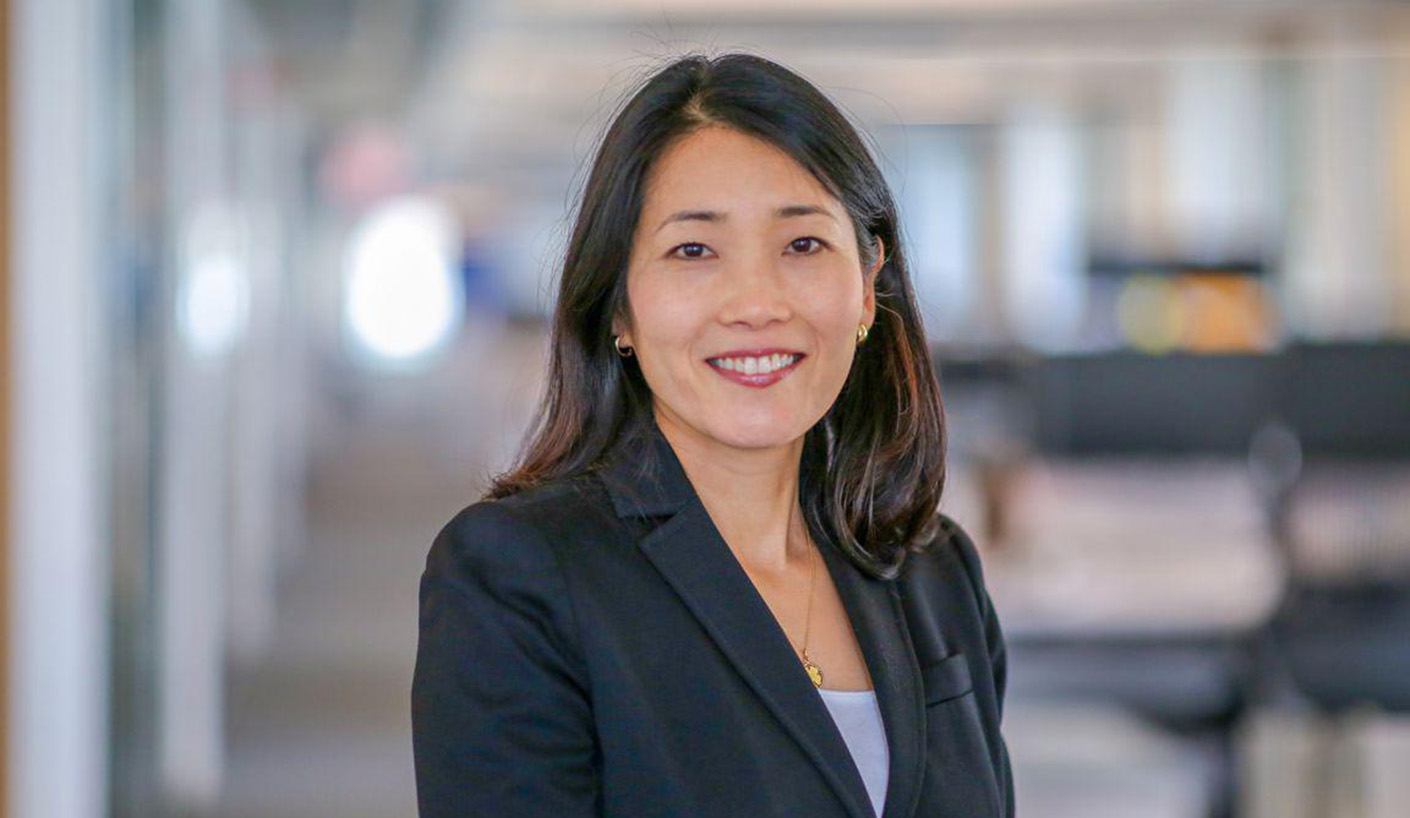Conversations with Colleagues: Chisako Fukase



My father used to work for a construction management company in Tokyo and I was always intrigued by his blueprints, although I did not know what I was looking at. My parents built their first house when I was 4 years old in a suburb of Tokyo and I remember critiquing the location of the staircase and lack of storage space for my toys. When I was 12, they built another house back in Tokyo. Again, I entertained lots of ideas to improve the layout after we moved in, since I wasn’t part of the initial design decision. Being in the design profession allows me to explore possibilities and opportunities that I’ve been considering from a young age.
All built environments inevitably influence our experiences. I believe healthcare spaces do even more so, because the spaces affect us at a time where we may be feeling vulnerable, helpless or overwhelmed by stress. Hospital design does not need to look like it did 30 years ago: in fact, healthcare spaces can be designed to make patients feel confident in the quality of care they are receiving. Hospital design also does not need to look cold and sterile; a warm environment can help to give comfort to patient and family. While thoughtful and beautiful design can contribute to positive patient experiences, it can also help staff to work safely and effectively and focus on their work, which results in staff retention, as an added benefit.
Now with the COVID-19 global pandemic, suddenly a visit to a hospital does not seem too foreign, even to those of us who have been quite fortunate with good health. After COVID-19 is behind us, we all will still visit hospitals, either for a quick check-up, accompanying a family member, or maybe having a baby. We will most likely have to rethink our designs after COVID-19, but to be part of defining what’s next in healthcare design will be extremely rewarding.

Last weekend I finally finished a special project that I started 20 some years ago – a 4’ by 6’ hand stitched and hand sewn quilt. This quilt was a part of prototype kit for a book that my late mother helped publish in the 90’s in Japan. I moved to Chicago 21 years ago, and since then whenever I visited my parents in Tokyo I tackled this project little by little in my spare time. Last year I made the most progress to date, while I was in Tokyo for 6 months looking after my late mother. When I returned to Chicago in June, I again brought the quilt with me to work on in my spare time. While the quilt was not a pattern that I designed, I am so proud of myself for finishing this 20 year project! I will be sending the quilt back to Japan as a Father’s Day gift for my dad this year.
Coming from a relatively ethnically and culturally homogeneous country, I do see the major benefits of diversity. Each of our unique differences can bring out innovative and creative solutions if we can establish mutual respect and collaborate openly, resulting in more of us thinking outside of the box.